Winter Animals
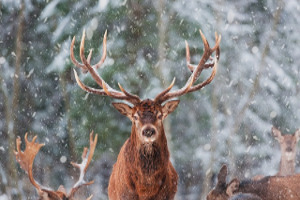
This curriculum topic scheme of work for the Foundation Stage gets the children to explore how animals adapt to the changes to the natural world in the winter including animals that live in Britain and other habitats such as the arctic. The class can investigate how reindeer and polar bears have adapted to living in habitats.

Explore how animals adapt to the changes to the natural world in the winter including animals that live in Britain and other habitats such as the arctic
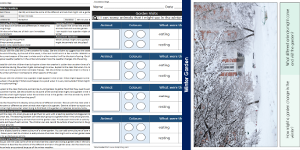
Lesson One : Winter Garden
Identify and describe some of the different animals that might visit a garden during the winter for a range of special purposes
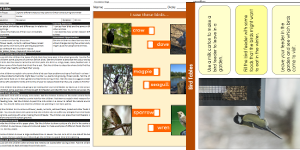
Lesson Two : Bird Tables
Explore and record some of the different ways of caring for British birds during the winter such as providing them with food to eat and water to drink
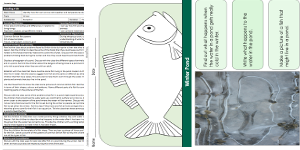
Lesson Three : Winter Pond
Identify and record how a selection of different types of fish can survive cold weather and temperatures during the winter when living in a pond in a garden
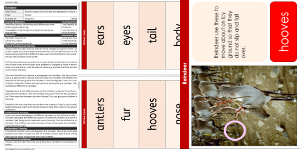
Lesson Four : Reindeer
Explore and record different pieces of information about how reindeer have adapted to living in winter conditions in special habitats around the world
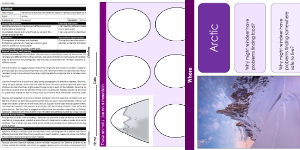
Lesson Five : Habitats
Identify and describe some of the different types of habitats that can be found around the world that are populated by reindeer
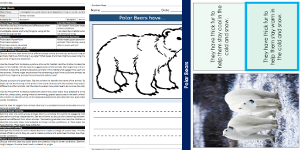
Lesson Six : Polar Bears
Investigate and record information how polar bears have adapted to living in winter conditions as part of an arctic habitat
-

Garden Measurements
Practise using vocabulary words and non-standard measurements to find and compare the length of different things that can found in a garden
-

Family Holiday
Identify and recount events and experiences to describe what happened when on holiday at the seaside using sentences in the past tense
-

Money Shopping
Investigate and model some of the number skills that need to be used when working with money on a shopping trip
-

Supporting Others
Explore how to build strong and positive relationships with other pupils at school and family members at home through different situations and scenarios
